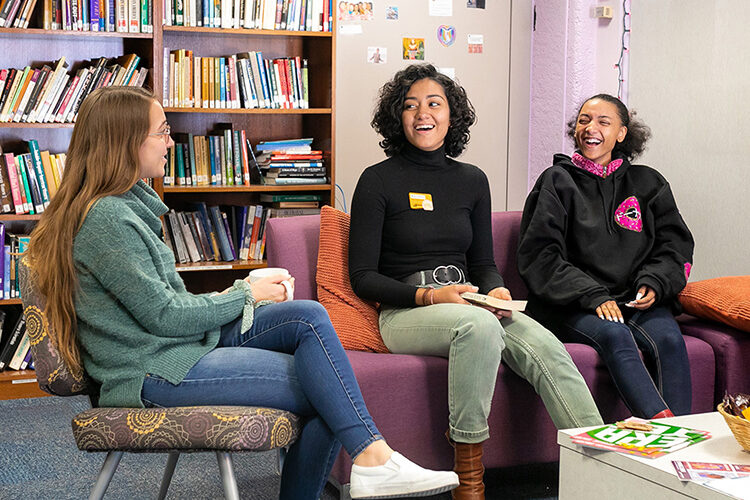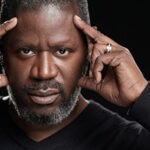UWM has unveiled a new plan to advance diversity and equity and foster inclusion, a blueprint that includes strategies to assess and align efforts throughout campus, provide ongoing professional development, and recruit diverse students, faculty and staff.
The Diversity, Equity and Inclusion Framework and action plan provides an important outline for increasing diversity and inclusion, which were also goals laid in the separate 2030 report released in the spring. The 2030 recommendations are expected to guide the university into the next decade and beyond.
The document is the culmination of five months of work led by Chia Vang, interim chief diversity, equity and inclusion officer at UWM. It incorporates discussions that have taken place throughout campus over the last couple years and some actions already under way.
The framework highlights four focus areas:
- Student success: Making sure all students have access to equitable resources and experiences to help them thrive.
- Diverse talent: Implementing innovative strategies to recruit, develop, retain and promote employees with diverse backgrounds and perspectives.
- Climate and culture: All are responsible for helping to build an inclusive campus community where everyone is valued and has a sense of belonging.
- Community impact: The university is responsible for helping to create a shared, equitable future on campus and beyond.
The accompanying action plan details goals through June 2022, with periodic reviews to determine strengths and address areas needing attention. The Division of Diversity, Equity and Inclusion (formerly Global Inclusion and Engagement) will lead the work.
Actions recommended include ensuring that all schools, colleges and units have DEI action plans; making job postings consistent and posted to an array of platforms to attract more diverse pools of candidates; boosting efforts to recruit Black, Hispanic, Asian and American Indian students through means such as high school partnerships; and committing funding and time for continued anti-bias, anti-racist training.
The framework document aligns with one of the eight goals defined in the 2030 report, which touches nearly every aspect of campus life and operations at the university. Other 2030 goals include becoming a more student-centric university, revising the curriculum, and increasing inclusion and diversity.
The 2030 project is being undertaken against the backdrop of challenges that colleges and universities faced even before COVID-19 plunged higher education into crisis. Estimated declines in student enrollment caused by shifting demographics and a steady decrease in state support are among the worrisome issues.
In May, Chancellor Mark Mone named Dev Venugopalan, vice provost, and Jennifer Haas, director of the Archaeological Research Laboratory Center, as co-leaders of the 2030 Action Team. They help to organize and oversee the work of subgroups, called implementation teams, for each of the eight 2030 goals.
“This is UWM’s initiative to take control of our future,” Venugopalan said. “If we don’t do this, we’re going to be pushed around by budget issues and whatever crisis comes on next.”
Work is expected to accelerate this fall. For example, proposals for curriculum reform and the realignment of schools, colleges and units are likely to be submitted through governance for review in the next few months.
Haas said the 2030 project website will be updated soon with more information, upcoming events and ways to give feedback. Town halls or listening sessions that will focus on each goal will be scheduled throughout the year.
“It’s important to communicate. With changes and lots of other things going on, there is a lot of anxiety,” Haas said. “It’s why it’s important to get feedback.”






